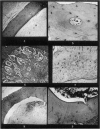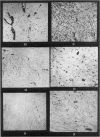Full text
PDF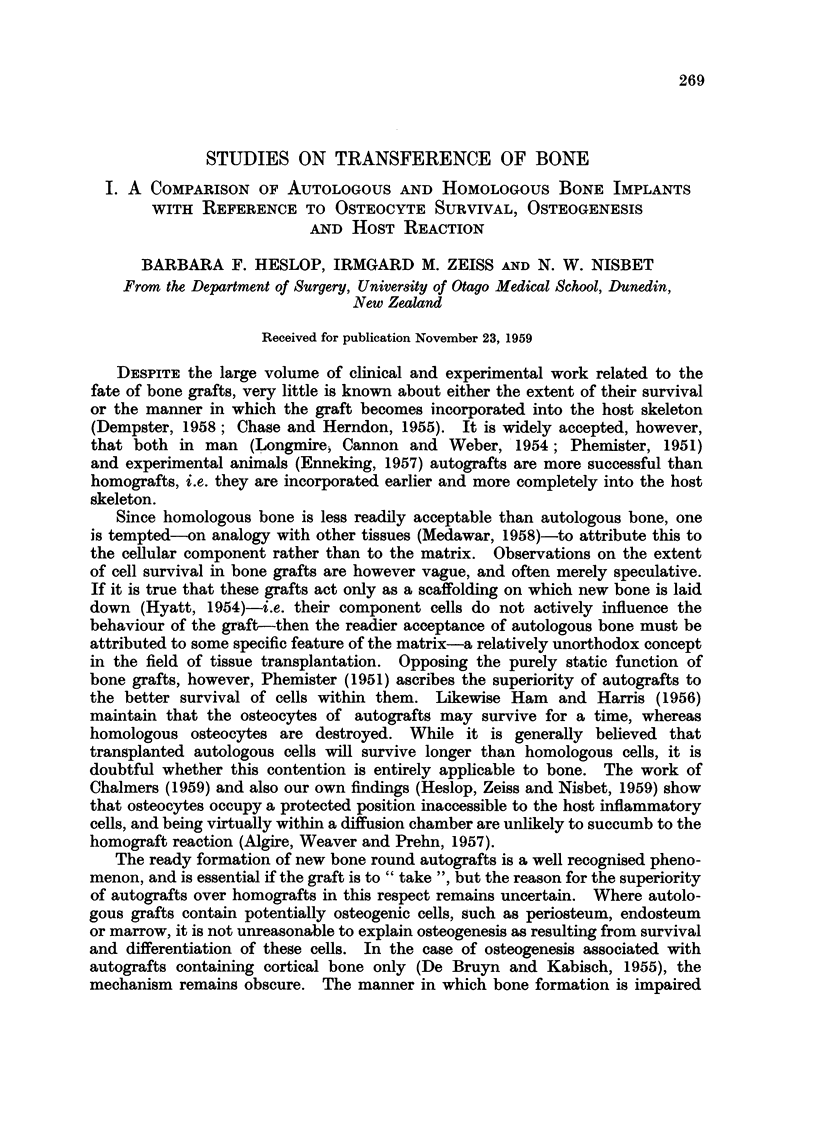
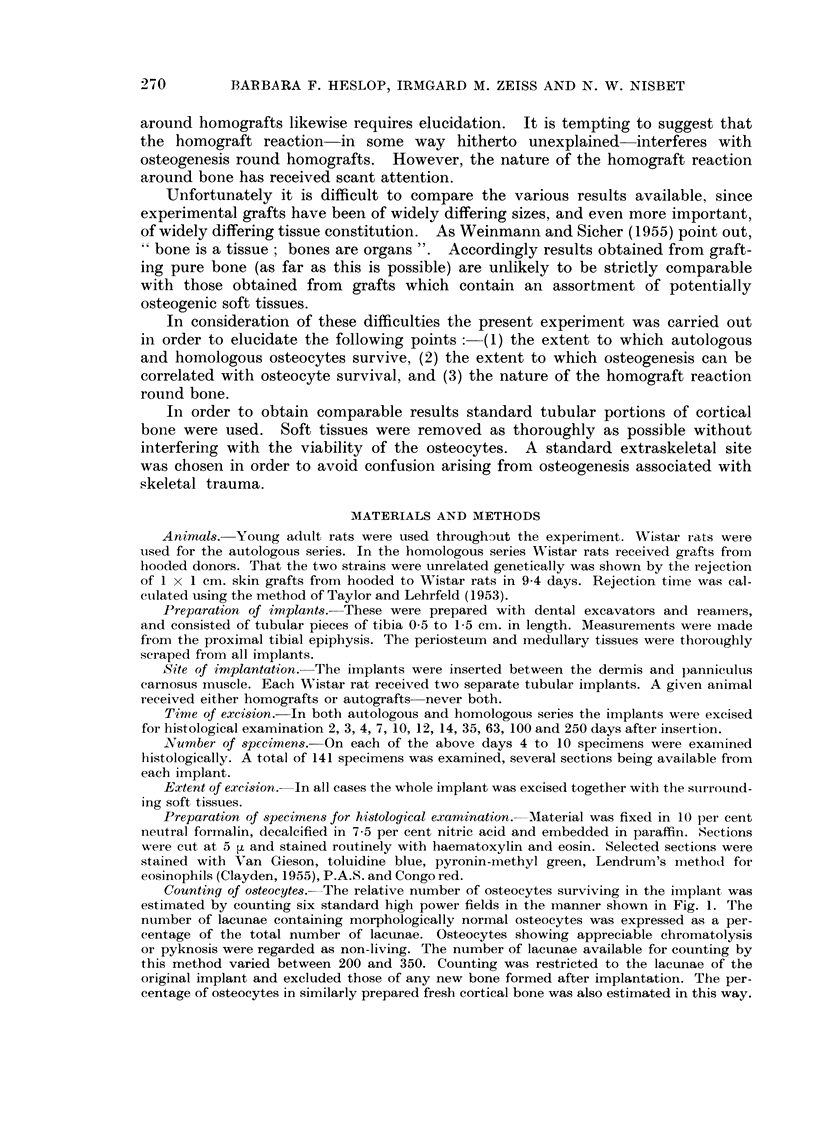
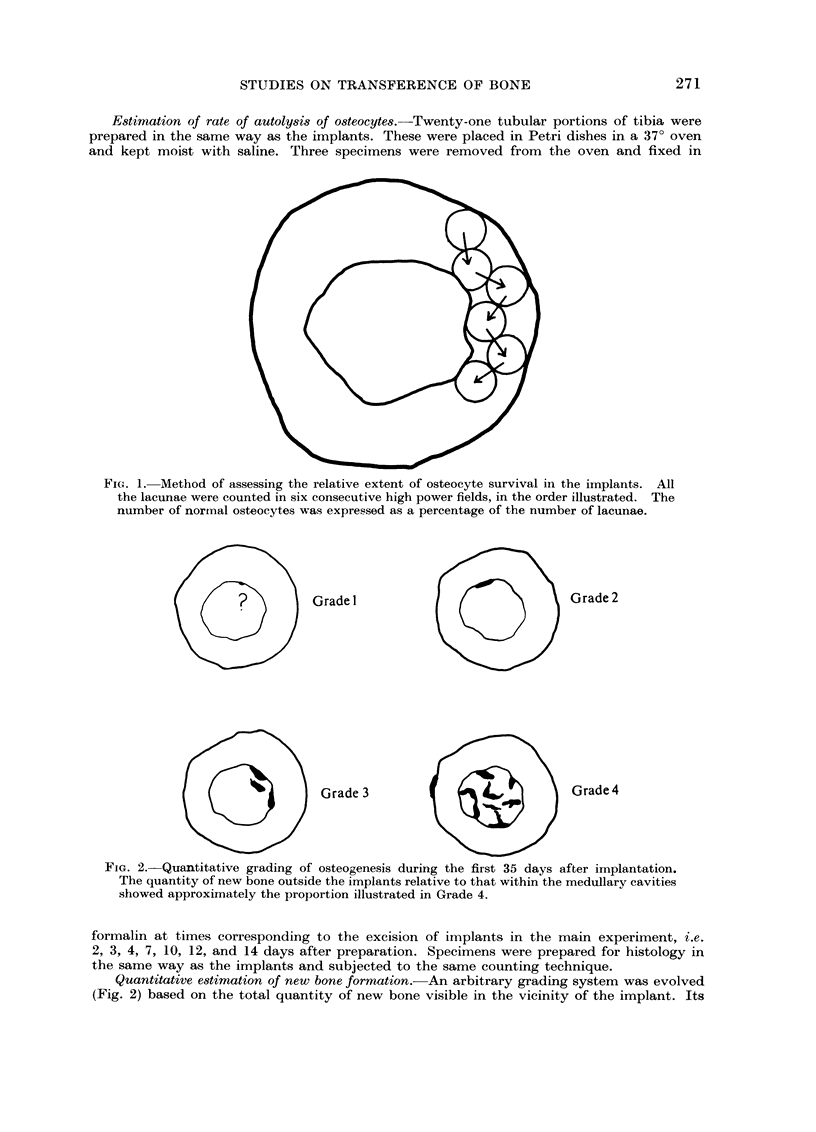
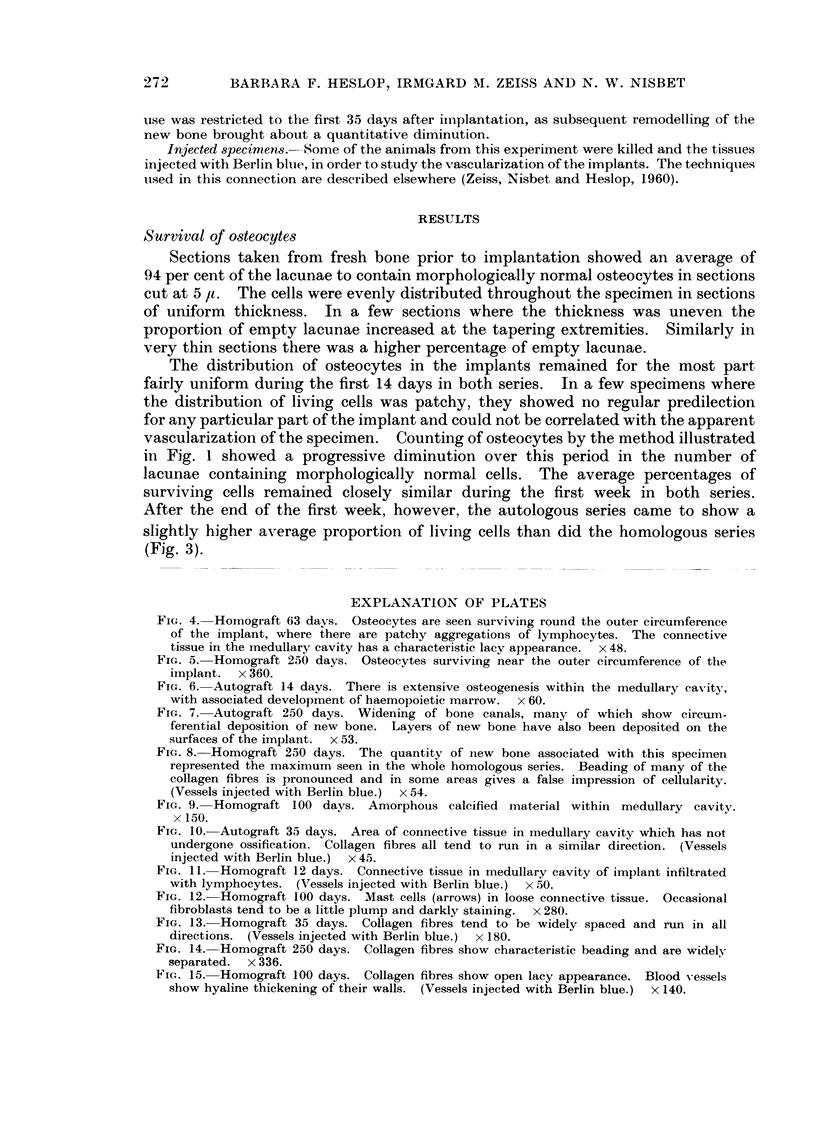
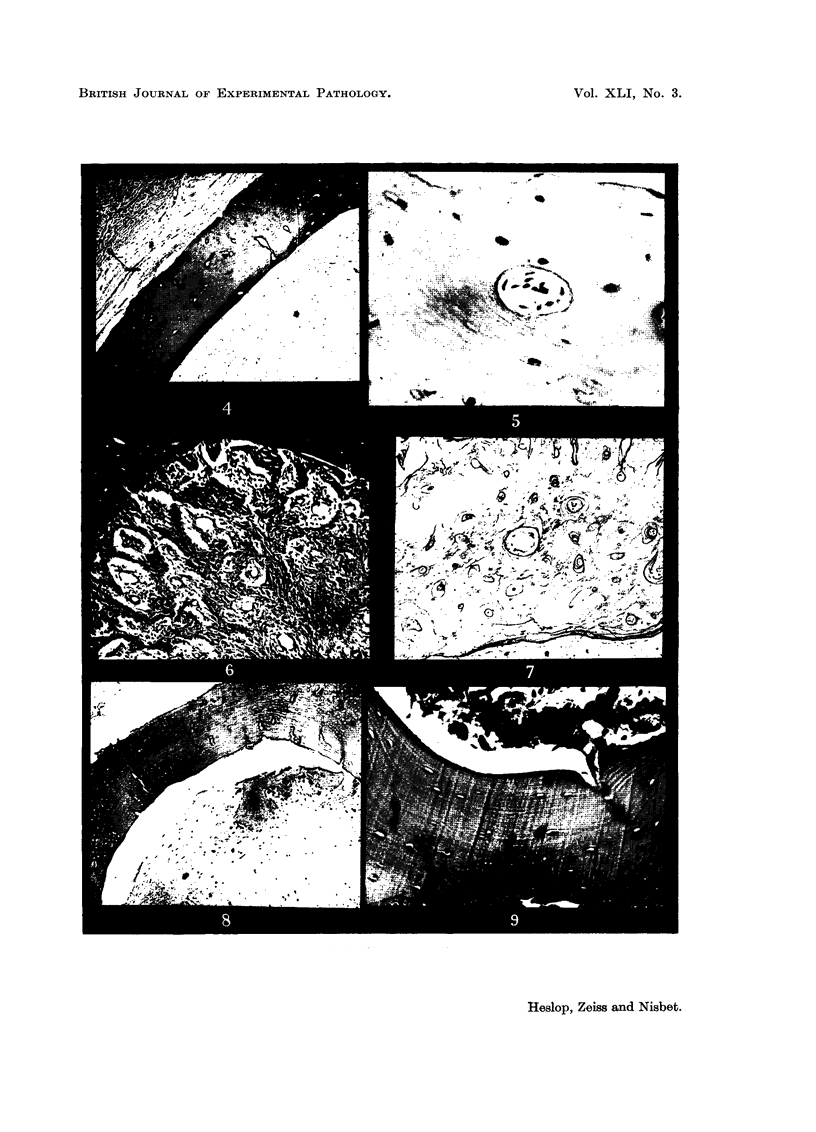
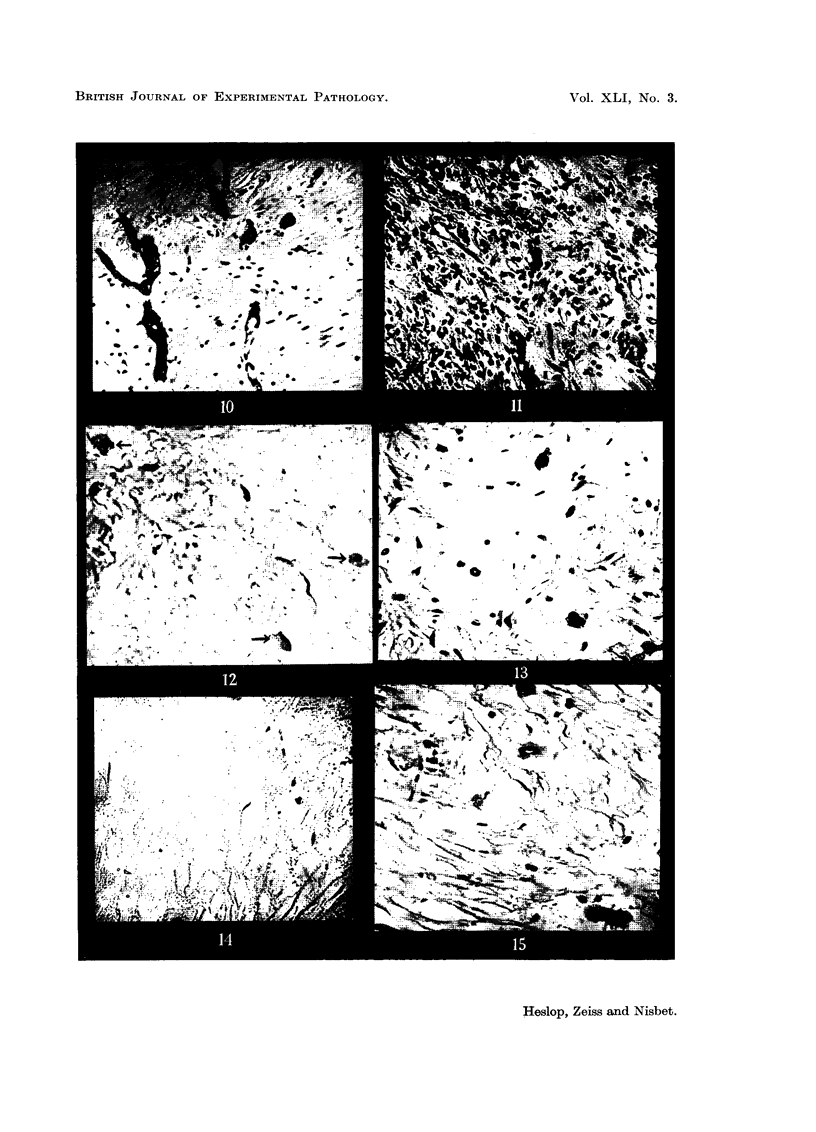
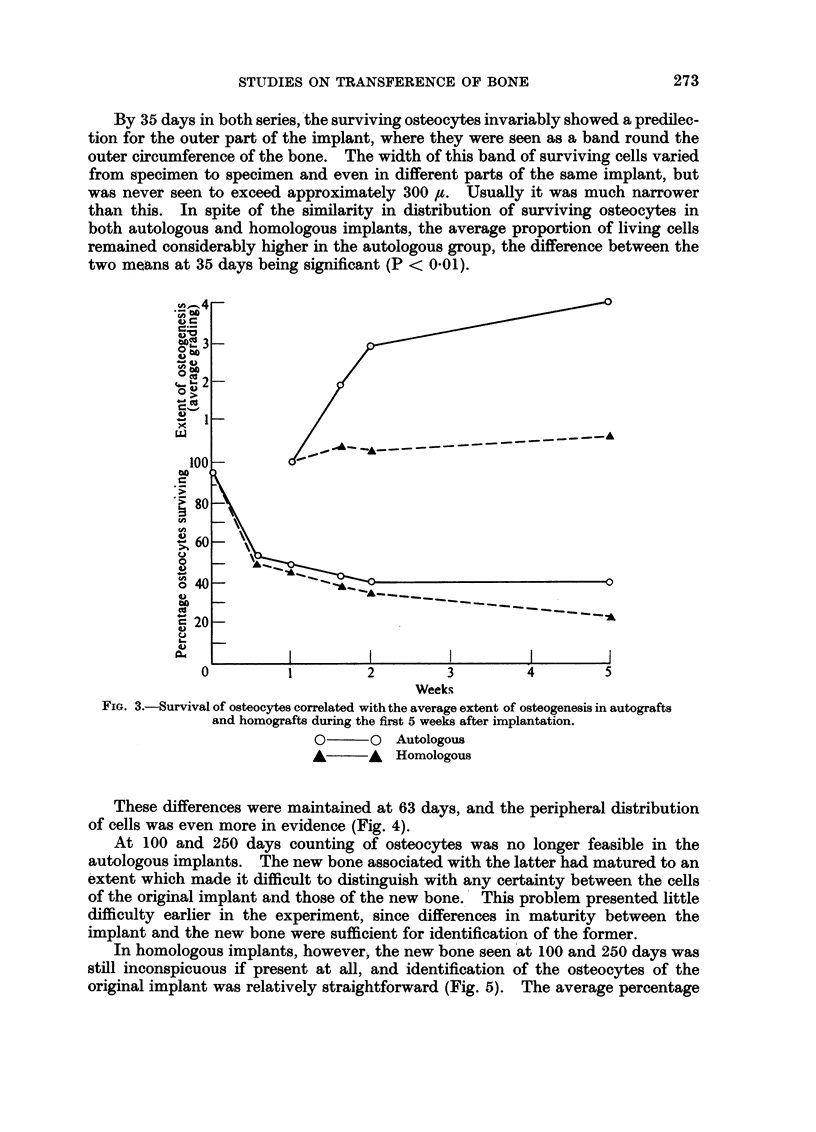
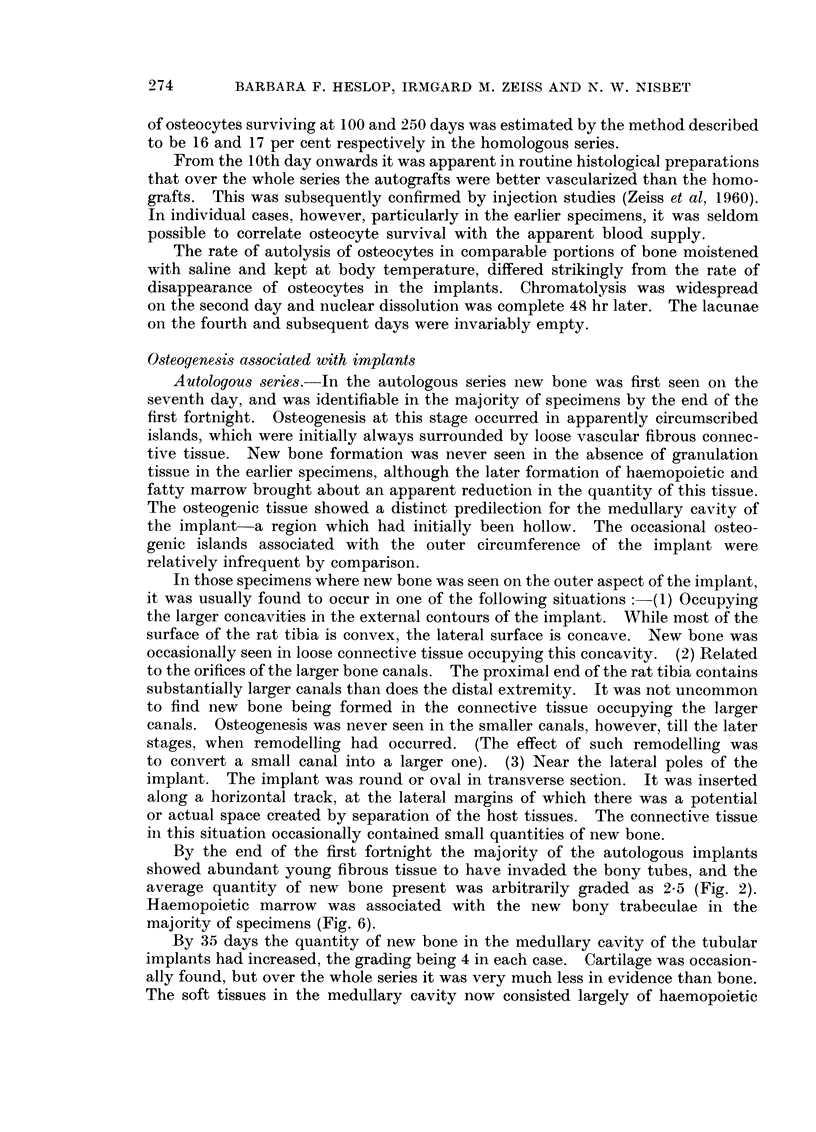
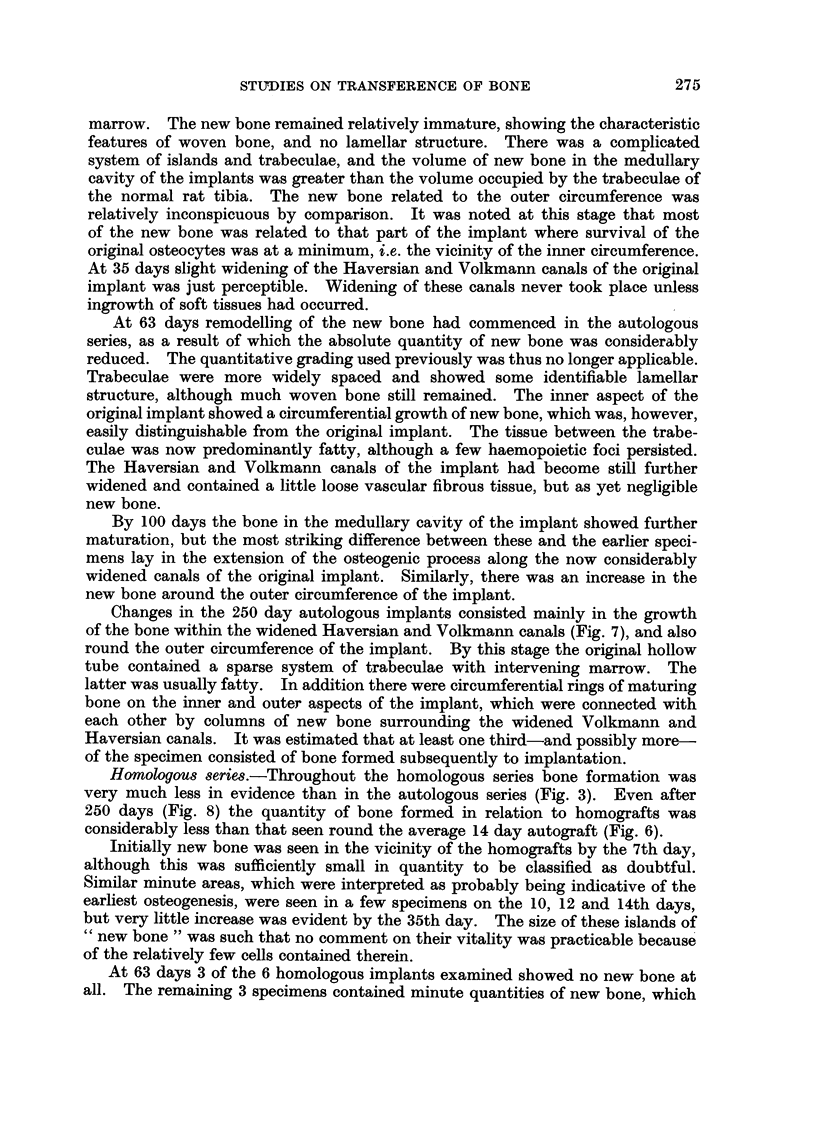
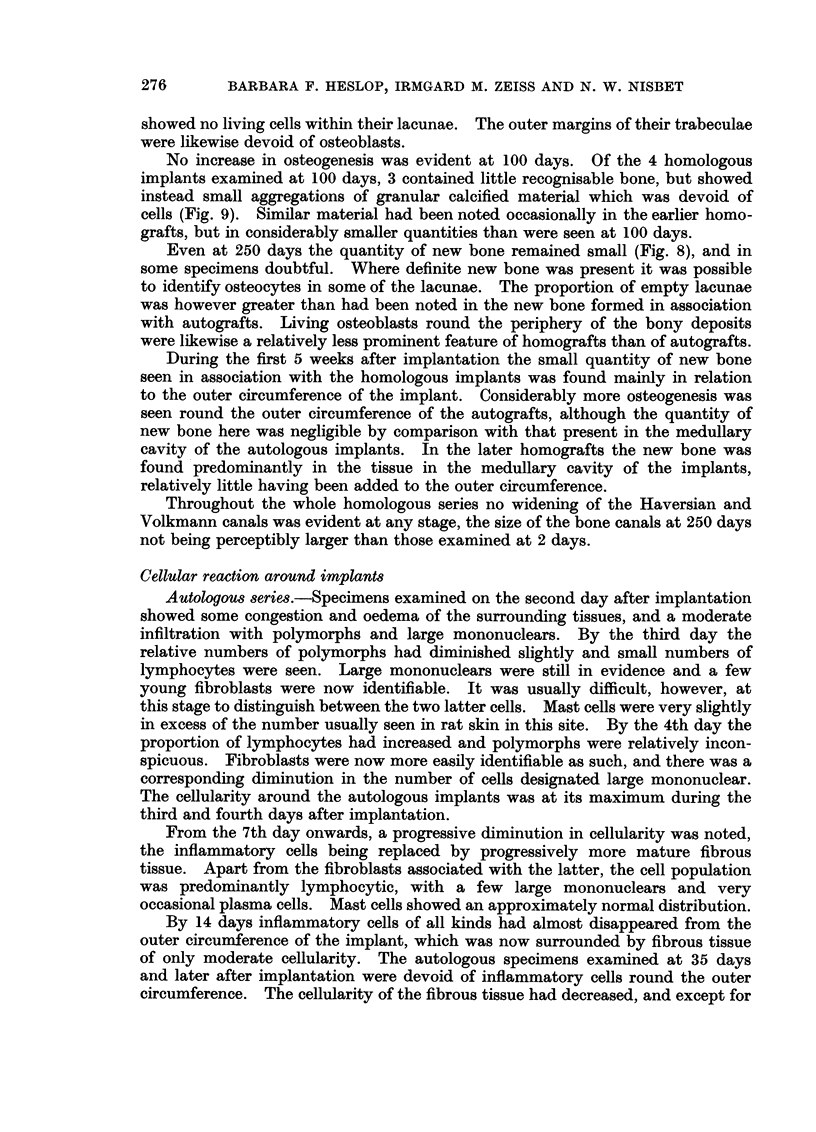
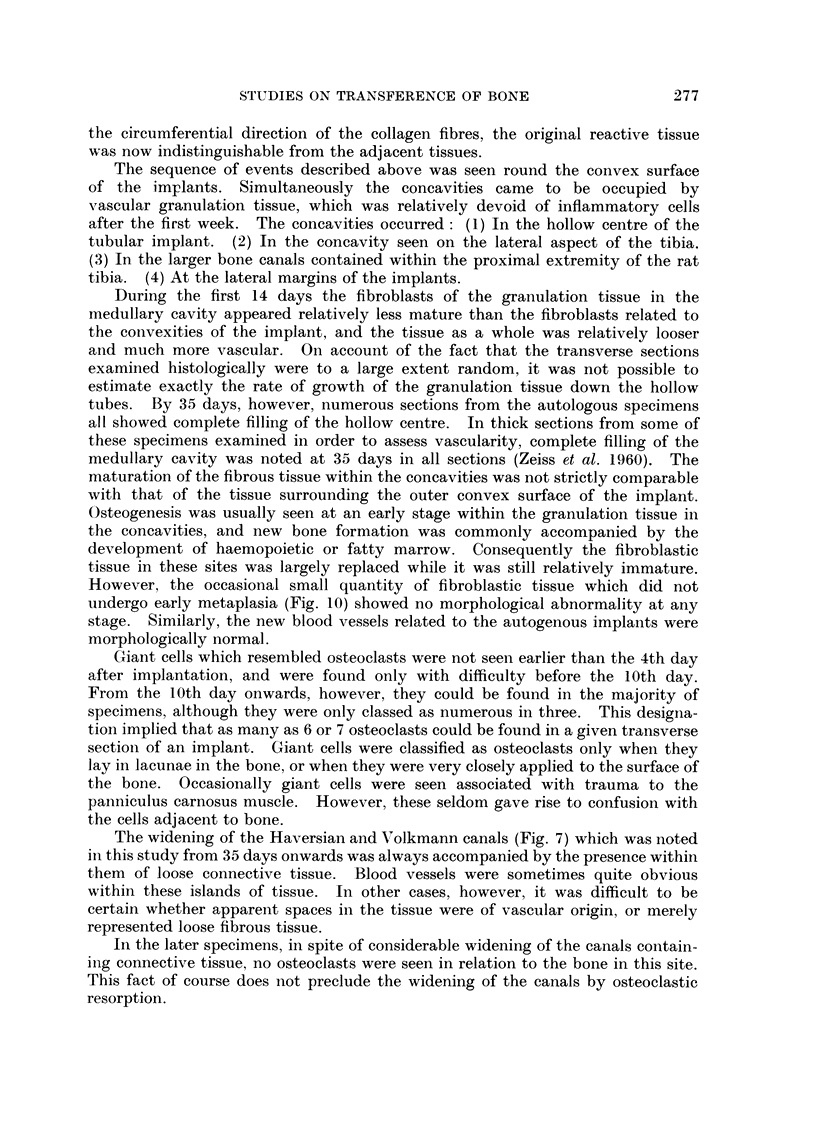
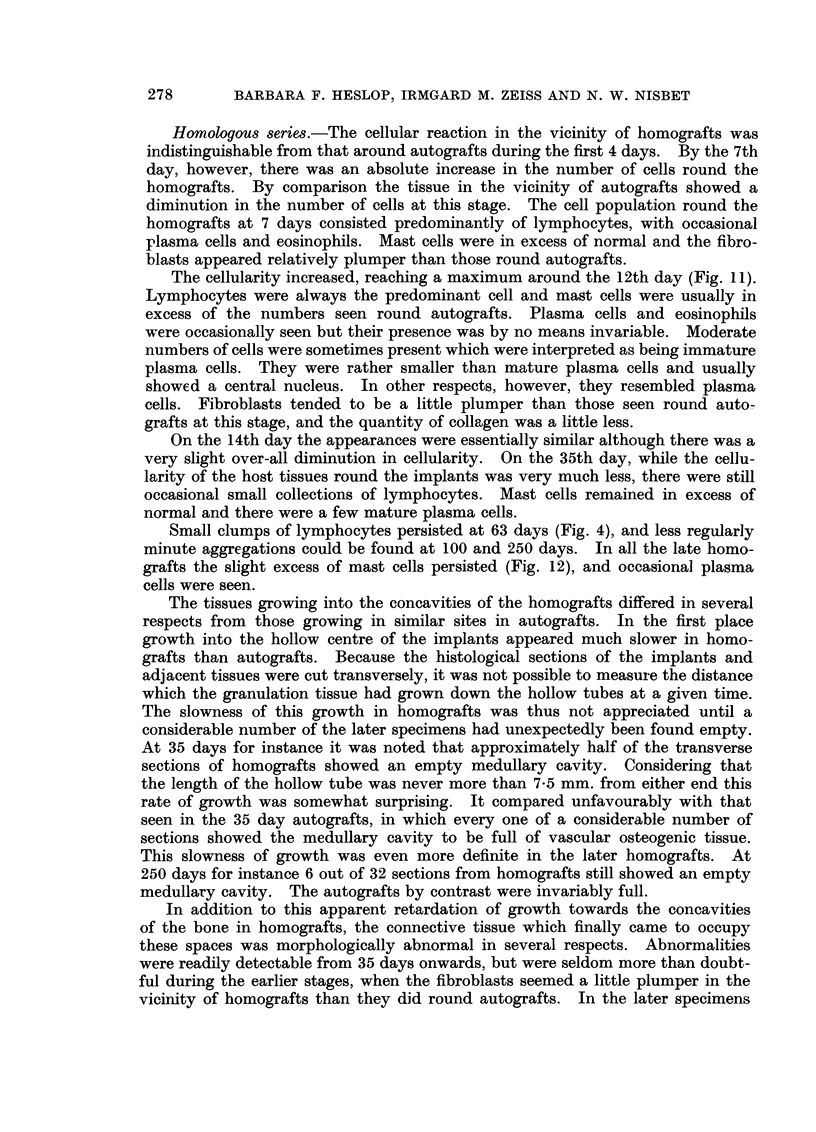
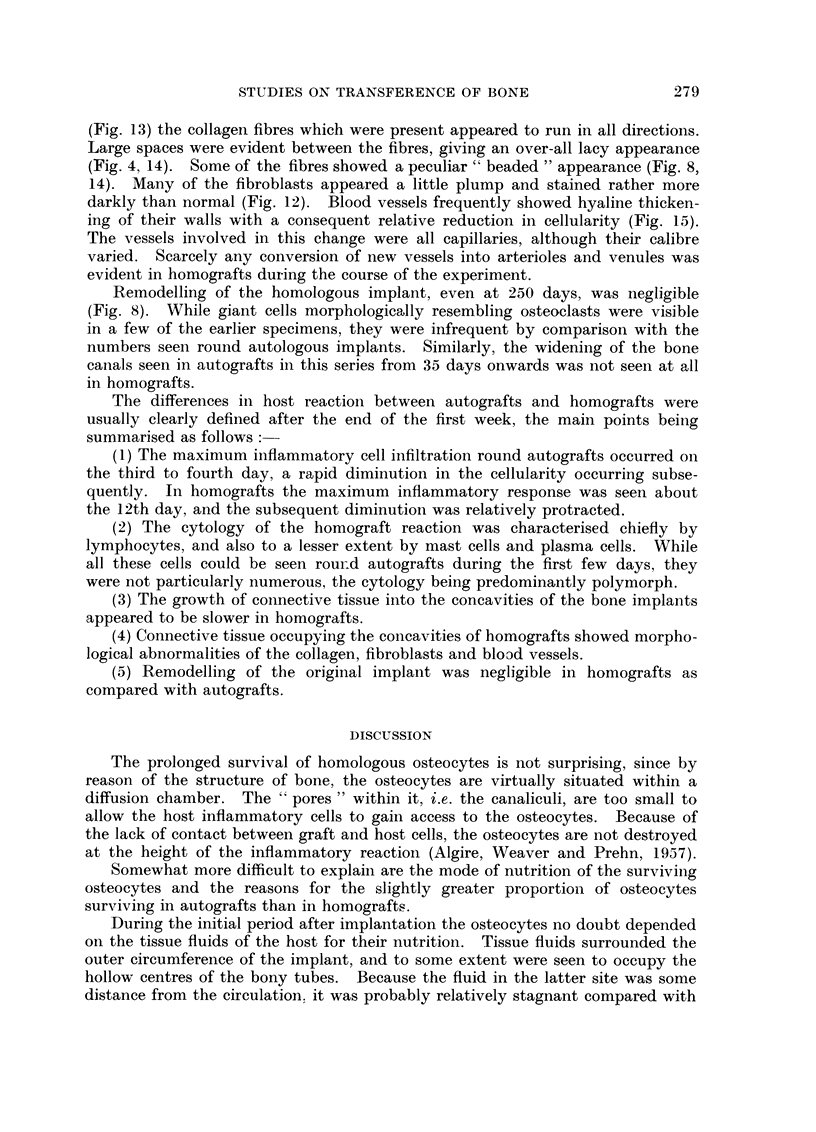
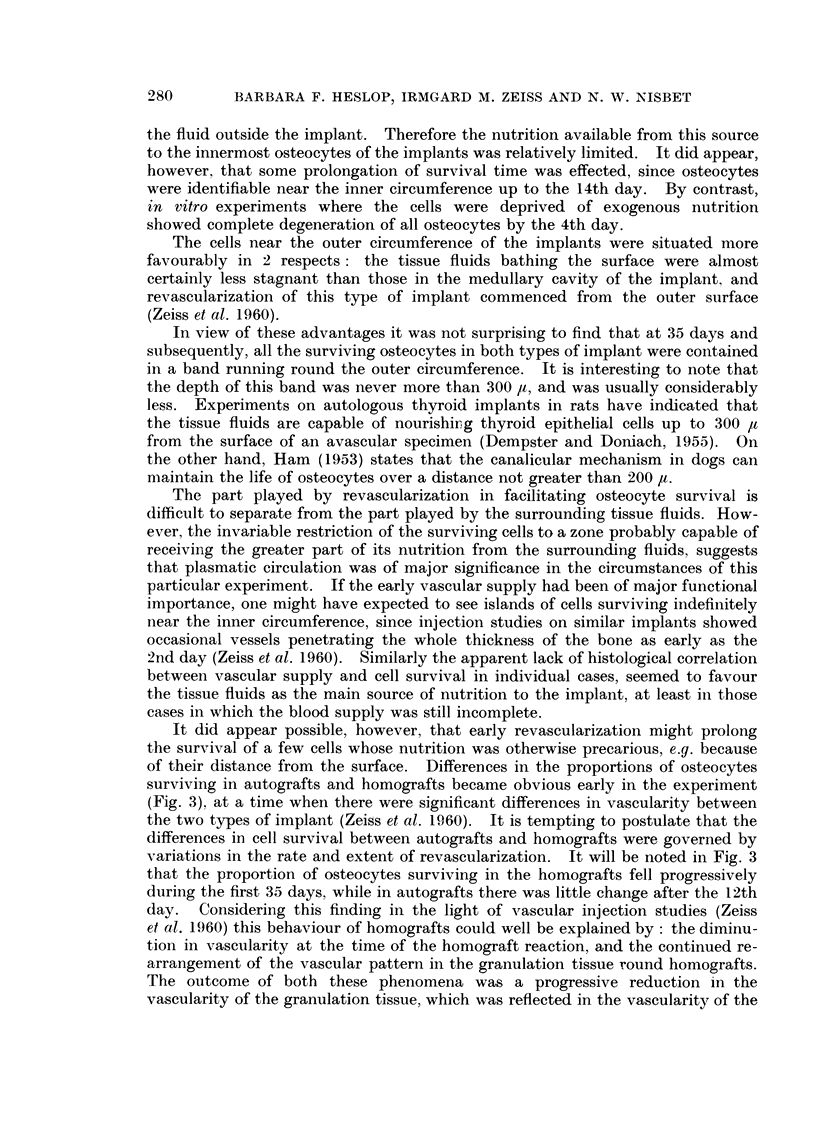
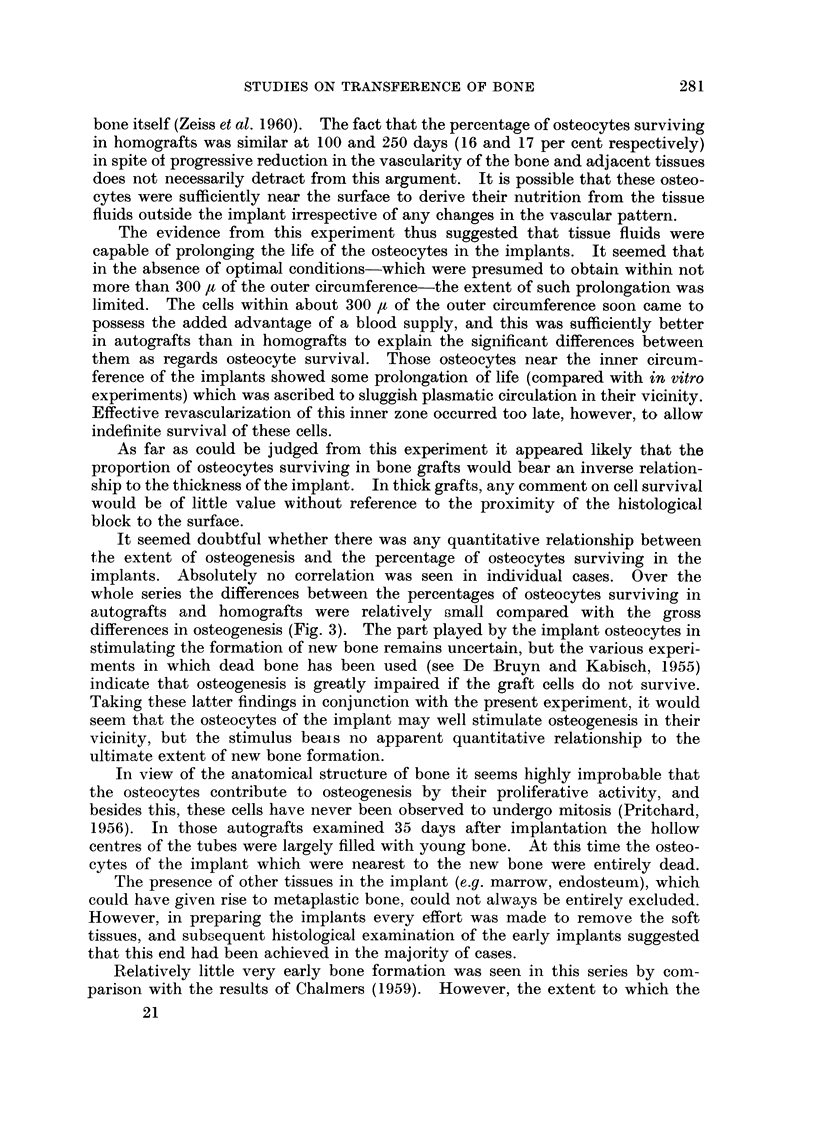
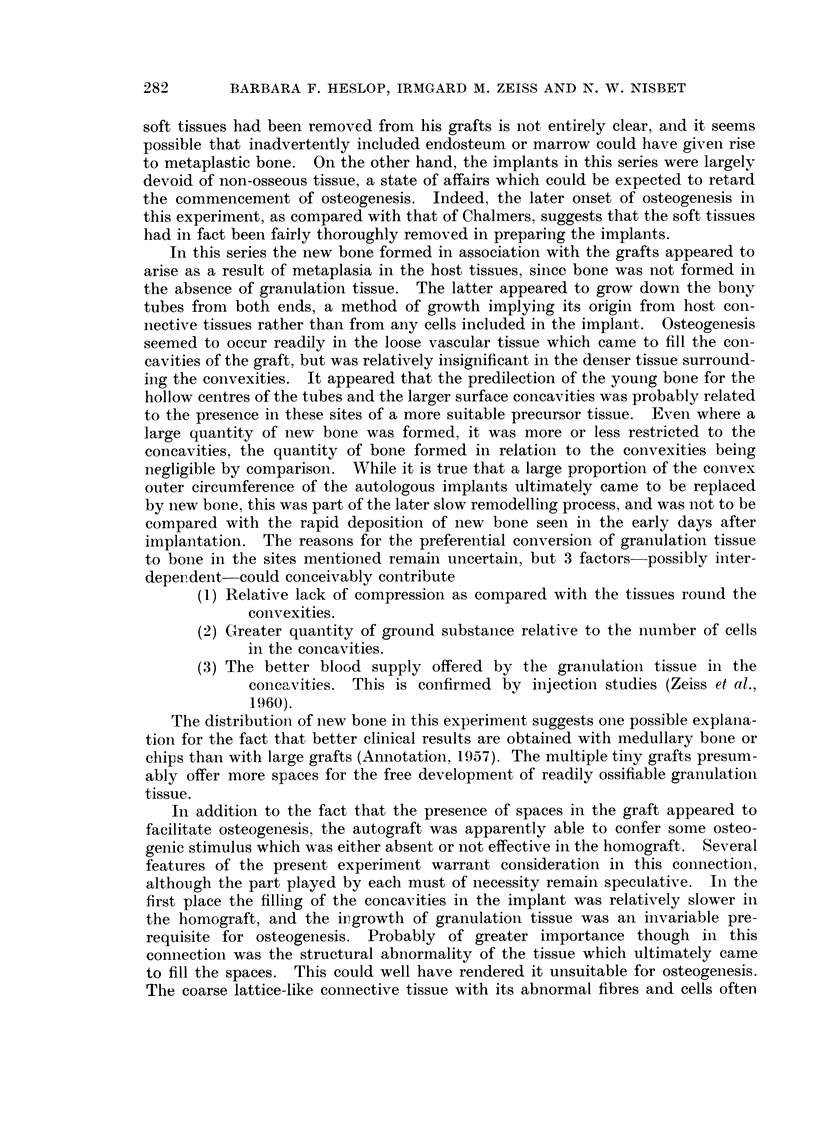
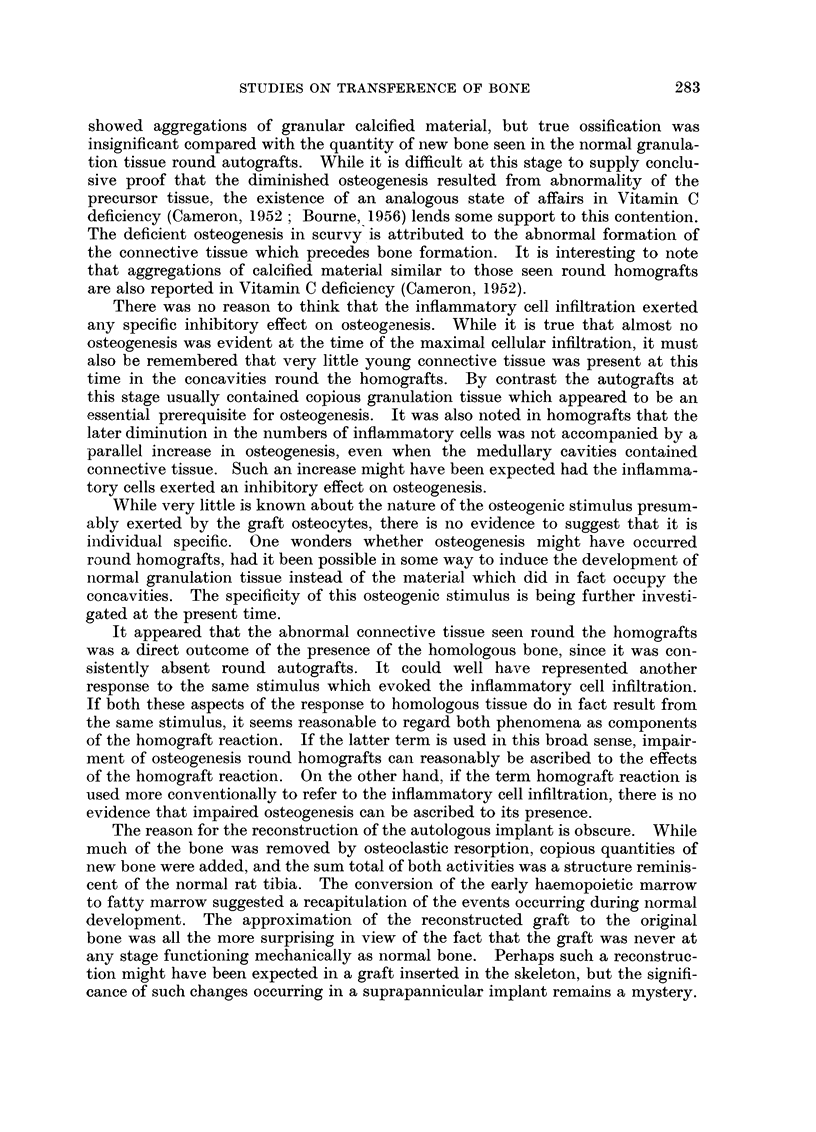
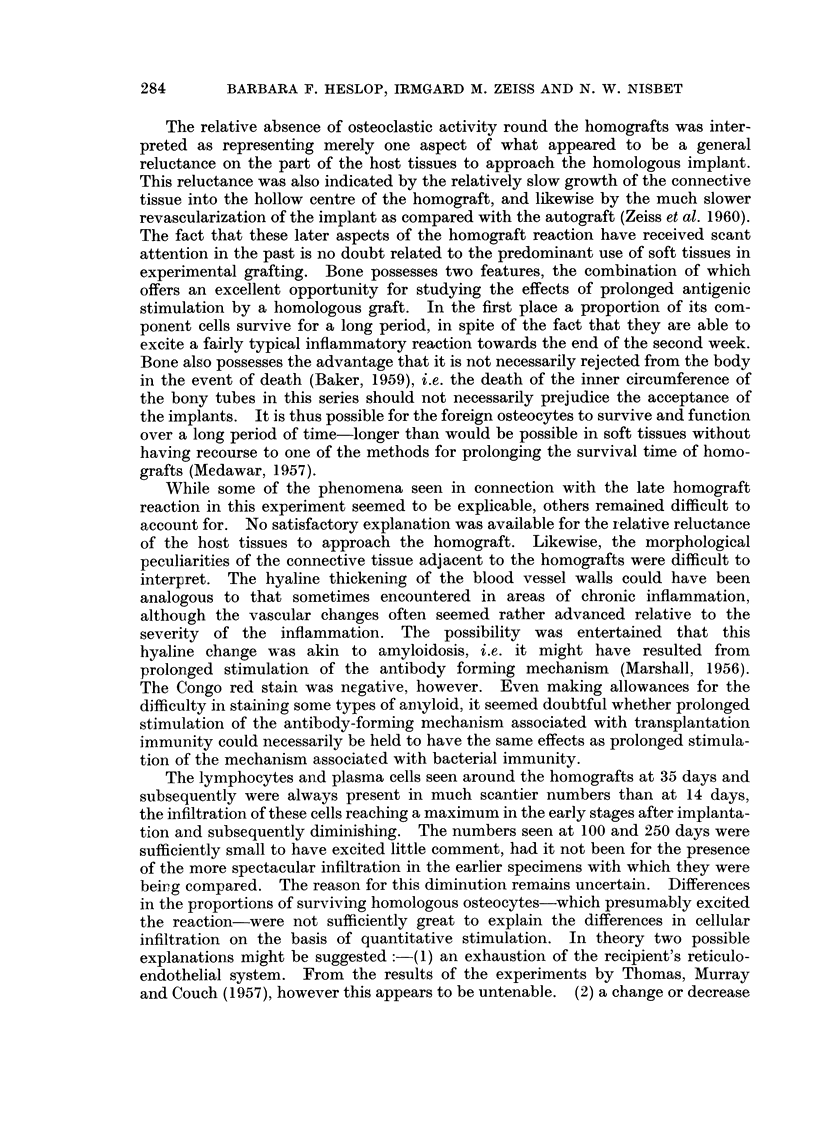
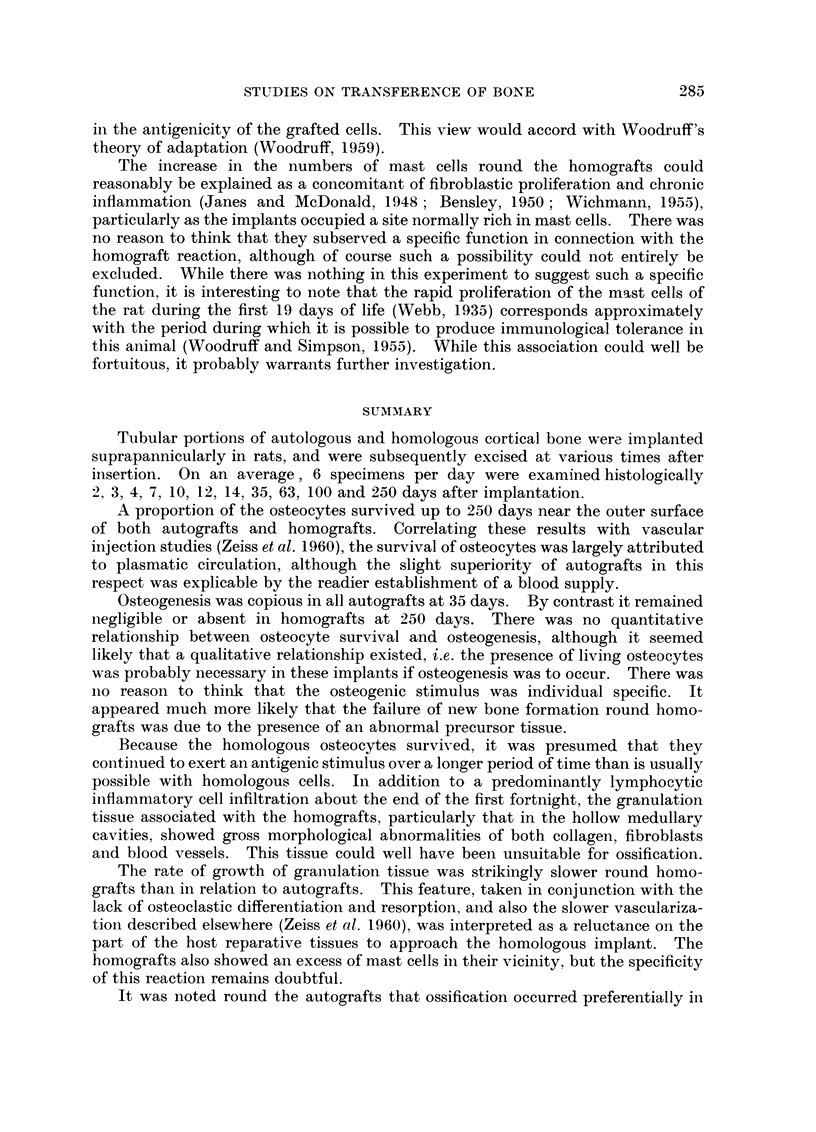
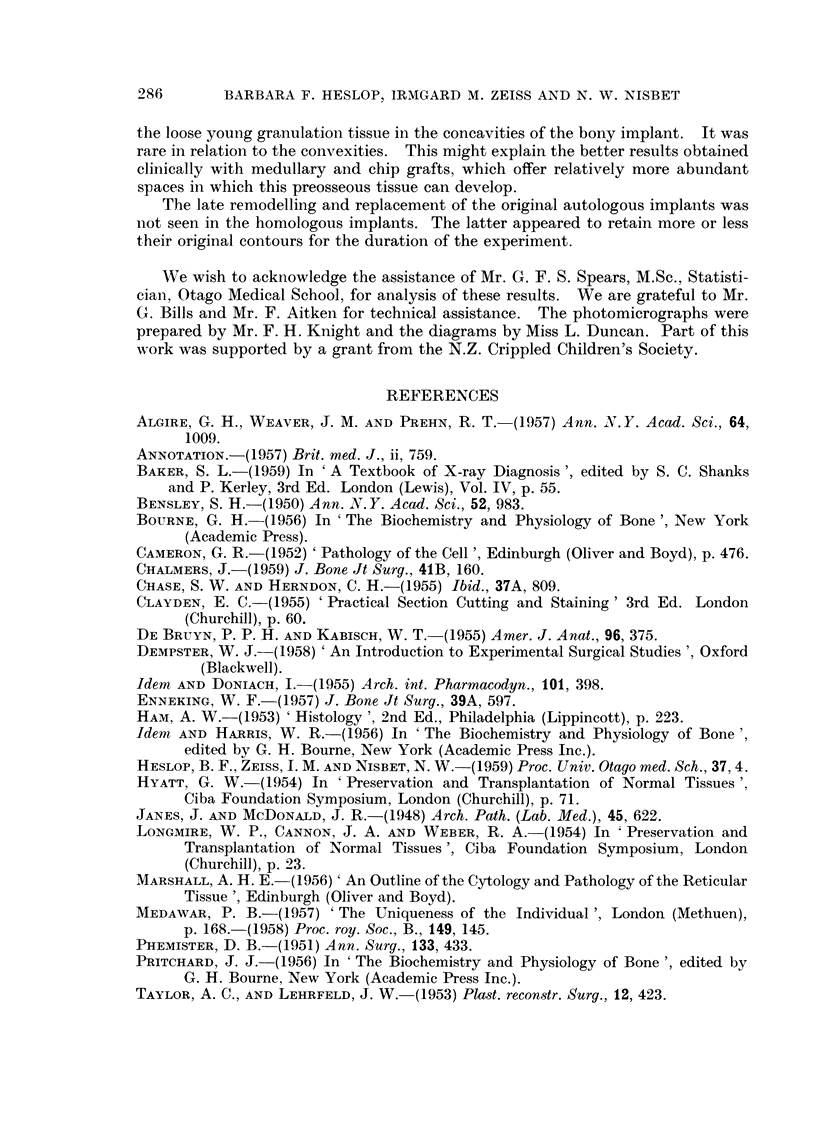
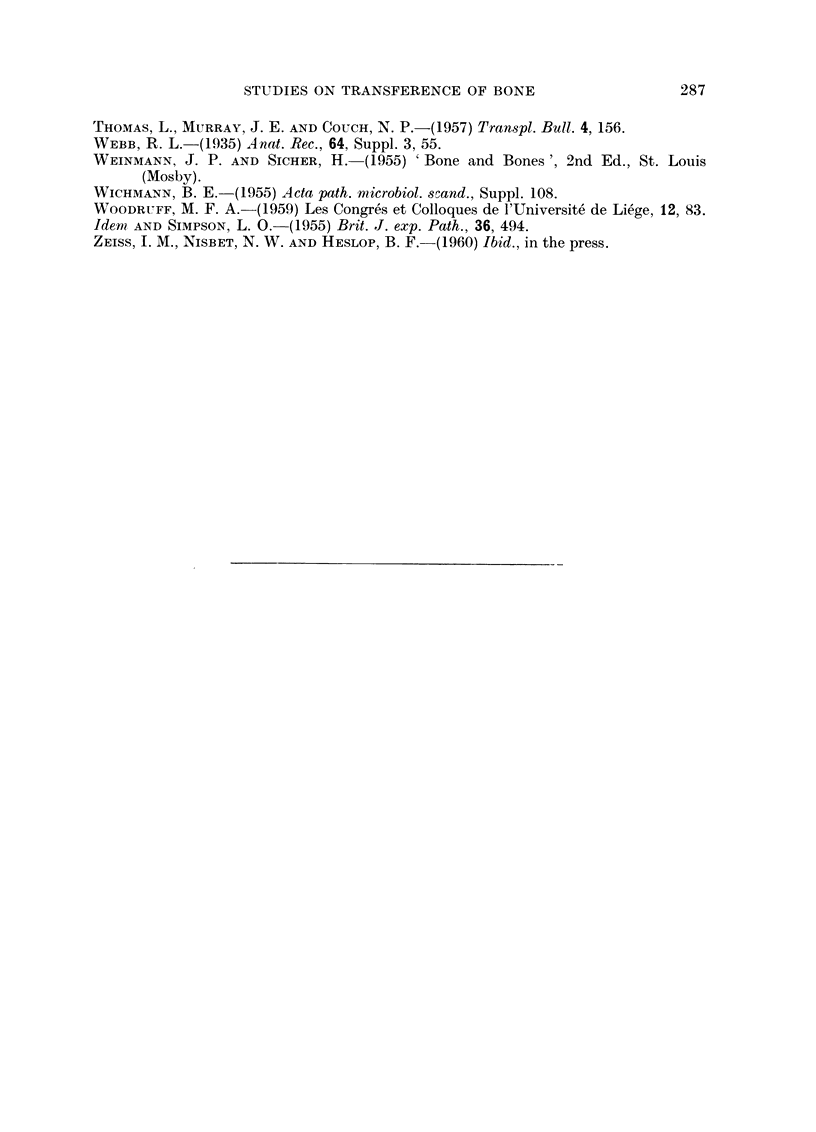
Images in this article
Selected References
These references are in PubMed. This may not be the complete list of references from this article.
- BENSLEY S. H. Histological studies of the reactions of cells and intercellular substances of loose connective tissue to the spreading factor of testicular extracts. Ann N Y Acad Sci. 1950 May 31;52(7):983–988. doi: 10.1111/j.1749-6632.1950.tb53993.x. [DOI] [PubMed] [Google Scholar]
- CHASE S. W., HERNDON C. H. The fate of autogenous and homogenous bone grafts. J Bone Joint Surg Am. 1955 Jul;37-A(4):809–841. [PubMed] [Google Scholar]
- DE BRUYN P. P., KABISCH W. T. Bone formation by fresh and frozen, autogenous and homogenous transplants of bone, bone marrow and periosteum. Am J Anat. 1955 May;96(3):375–417. doi: 10.1002/aja.1000960304. [DOI] [PubMed] [Google Scholar]
- DEMPSTER W. J., DONIACH I. The survival of thyroid implants in relation to thyroid deficiency. Arch Int Pharmacodyn Ther. 1955 May 1;101(4):398–415. [PubMed] [Google Scholar]
- PHEMISTER D. B. Biologic principles in the healing of fractures and their bearing on treatment. Ann Surg. 1951 Apr;133(4):433–446. doi: 10.1097/00000658-195104000-00001. [DOI] [PMC free article] [PubMed] [Google Scholar]
- TAYLOR A. C., LEHRFELD J. W. Determination of survival time of skin homografts in the rat by observation of vascular changes in the graft. Plast Reconstr Surg (1946) 1953 Dec;12(6):423–431. doi: 10.1097/00006534-195312000-00005. [DOI] [PubMed] [Google Scholar]
- THOMAS L., MURRAY J. E., COUCH N. P. Consecutive skin homografts in the dog. Transplant Bull. 1957 Oct;4(4):156–157. [PubMed] [Google Scholar]



